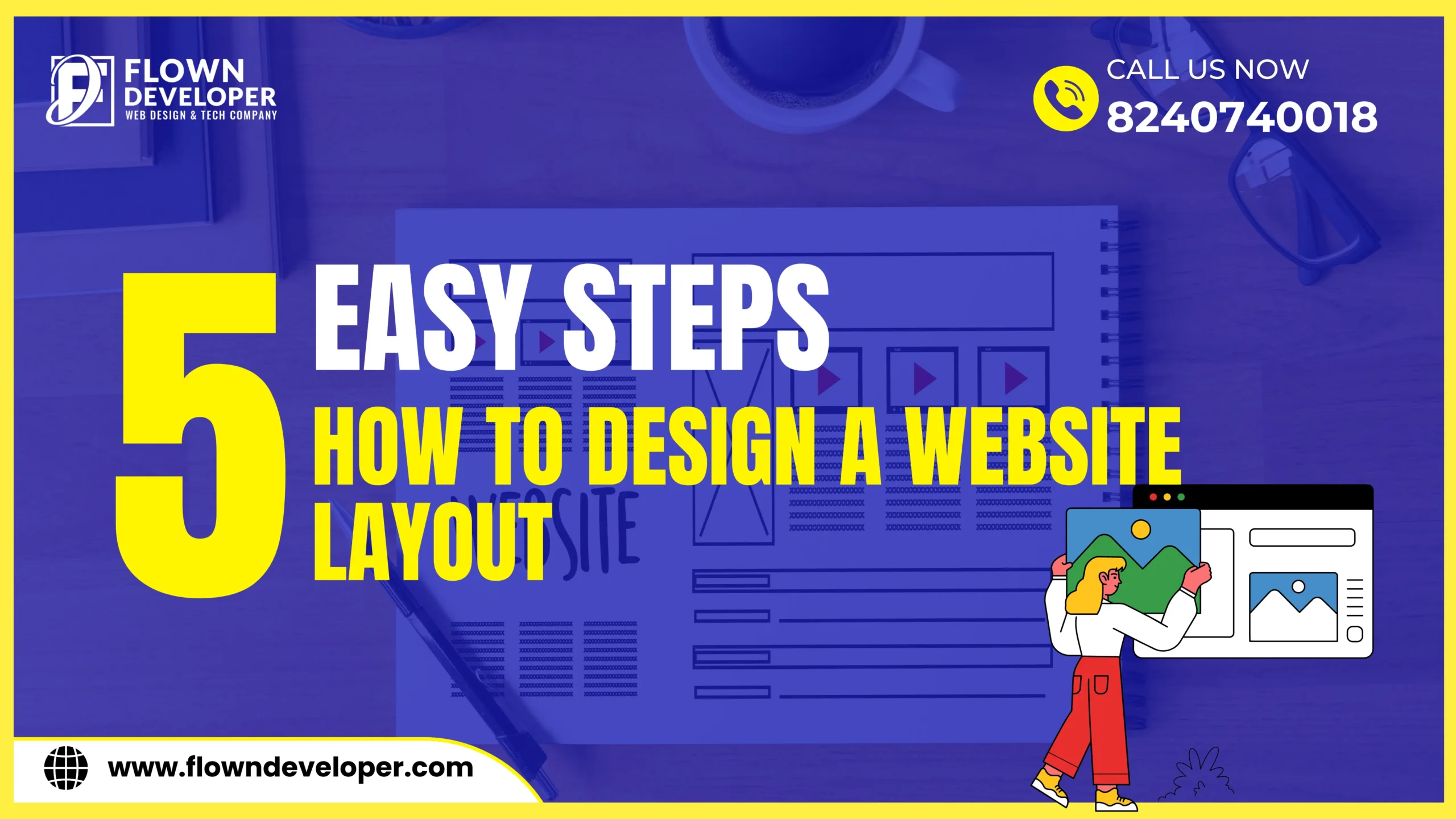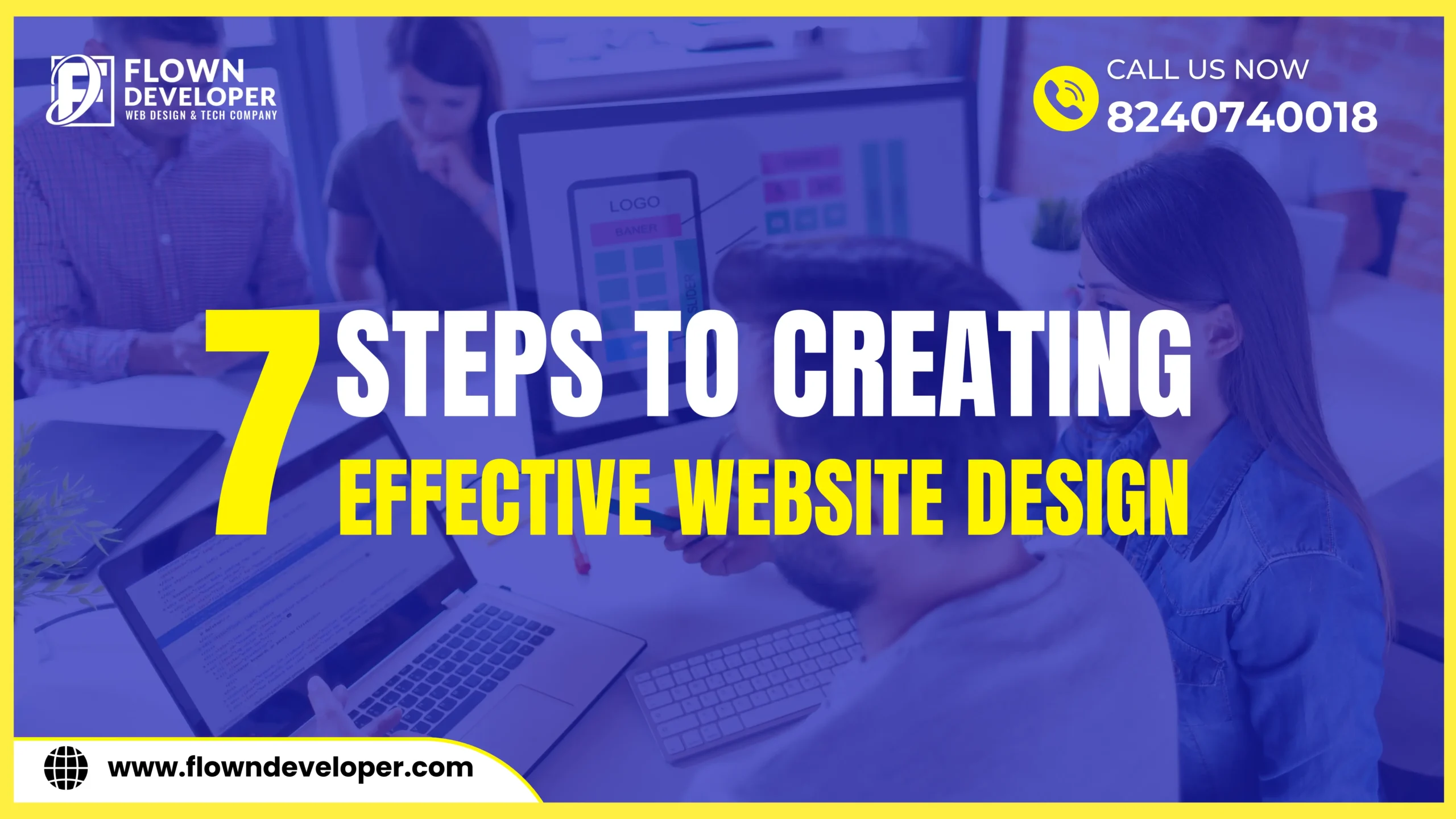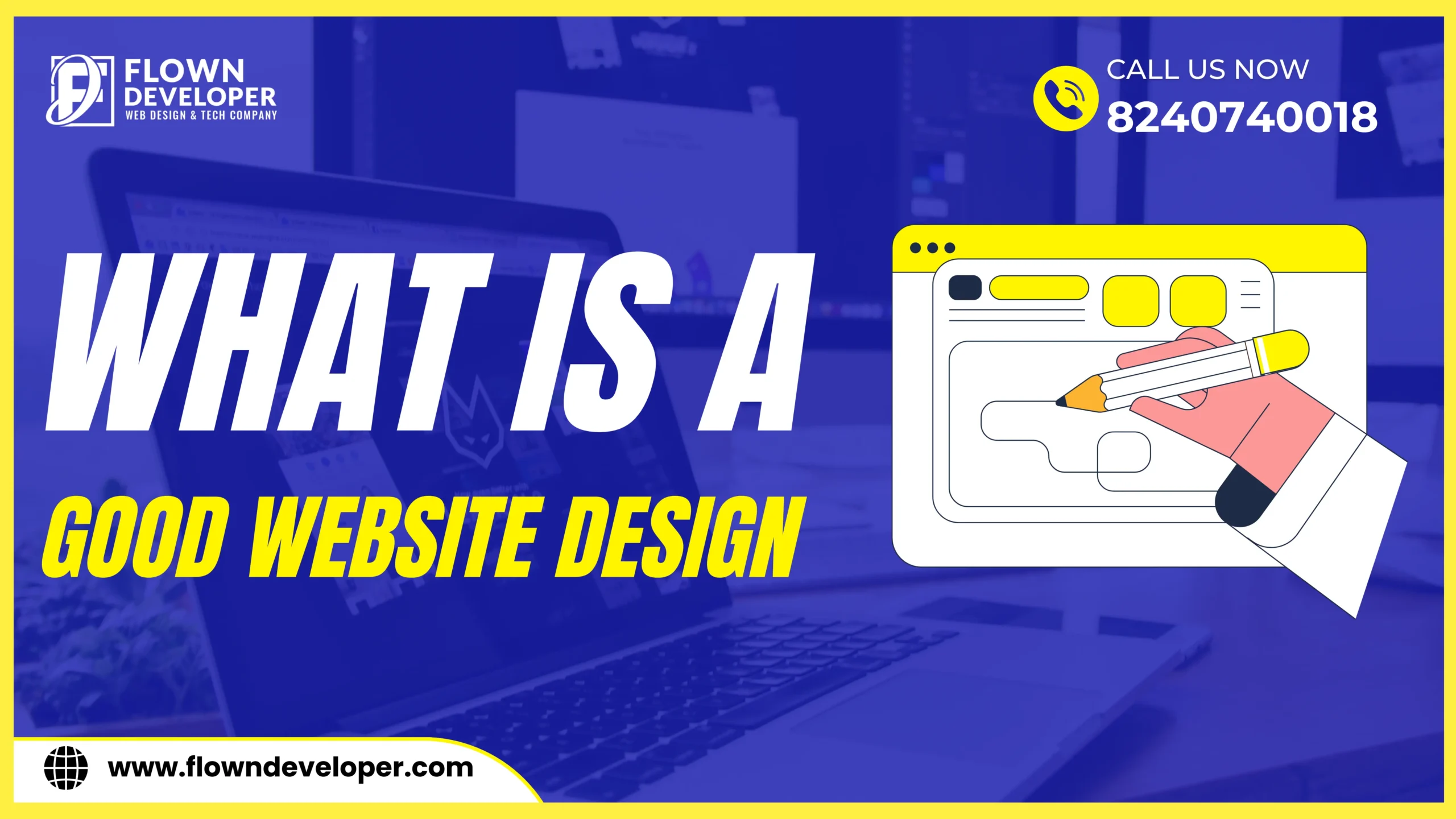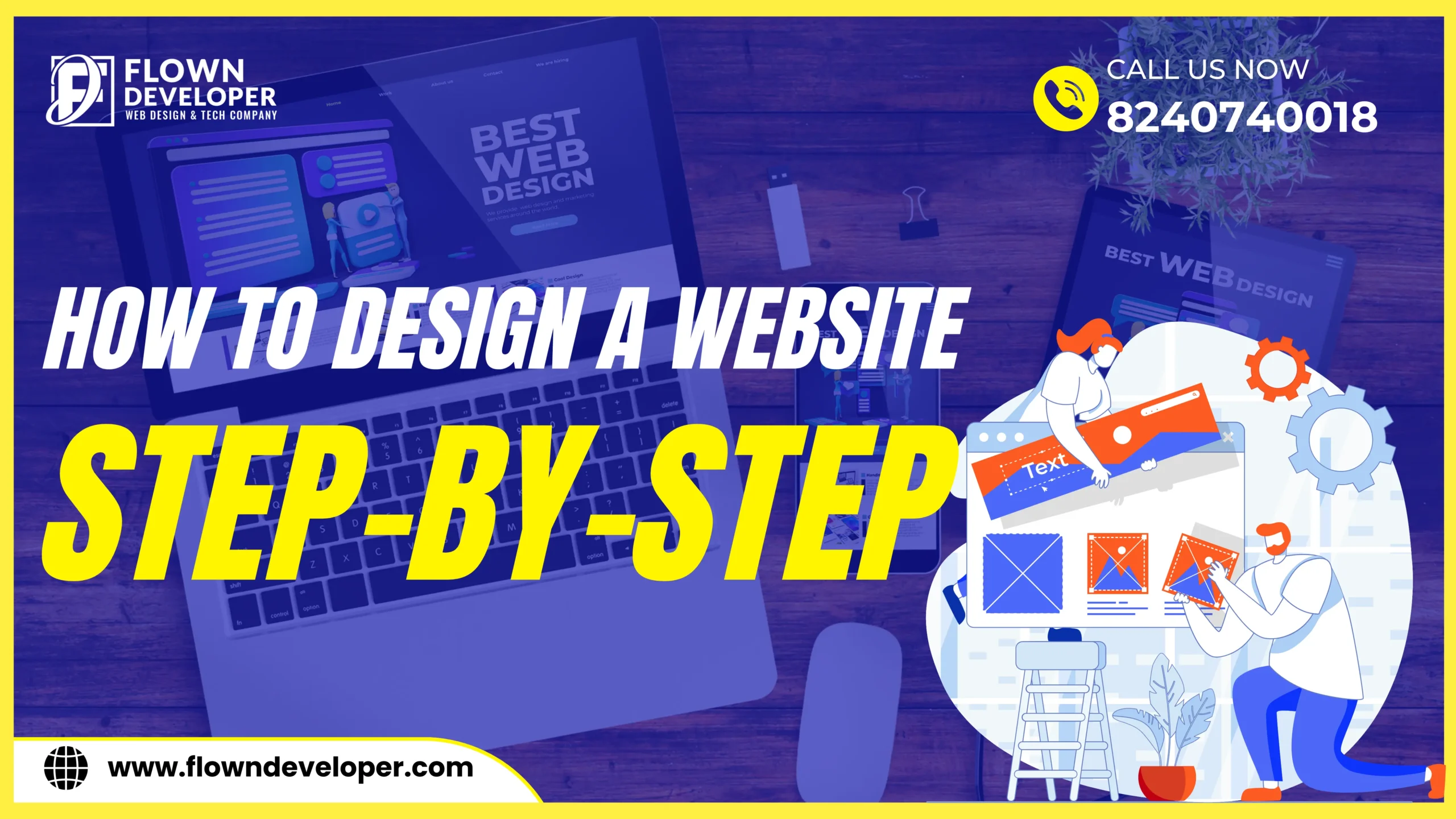User-Friendly Navigation in Web Design: Enhancing Digital Experiences
In the fast-paced digital landscape, where attention spans are fleeting and options abound, ensuring a seamless and user-friendly navigation experience on your website is paramount.
As we navigate through the intricacies of web design, we, as industry experts, recognize the pivotal role user-friendly navigation plays in captivating audiences and fostering a positive online presence.
Introduction: Navigating the Digital Maze
In the expansive realm of web design, user-friendly navigation serves as the compass guiding users through the digital maze.
It goes beyond mere aesthetics, forming the backbone of a website’s functionality and user experience.
Let’s delve into the intricacies of creating a digital landscape that users not only traverse effortlessly but relish doing so.
The Significance of Intuitive Design
User-friendly
navigation
begins
with
an
intuitive
design.
The
layout
should
effortlessly
guide
users
to
their
desired
destination,
providing
a
sense
of
familiarity.
Embracing
simplicity
while
incorporating
visually
appealing
elements
ensures
an
engaging
and
efficient
user
experience.
Additionally,
the
use
of
colors
and
icons
should
be
purposeful
and
consistent
throughout
the
design.
They
should
be
used
to
provide
added
context
and
a
sense
of
direction.
Lastly,
text
should
be
concise
and
legible,
while
providing
clear
instructions
and
links
for
users
to
follow.
Streamlined Menu Structures: Simplifying Choices
Navigational menus are the gateway to a website’s content.
We advocate for streamlined menu structures, organizing information logically.
This
not
only
reduces
cognitive
load
but
also
aids
in
quicker
decision-making,
enhancing
user
satisfaction.
A
well-structured
menu
should
be
intuitive
and
easy
to
understand.
This means that the user should be able to identify the menu items and choose the correct one within seconds.
In addition, the user should be able to navigate back and forth with minimal effort.
By considering the user’s needs and preferences, menus can be designed to create an enjoyable and efficient experience.
Responsive Design: Adapting to Diverse Devices
The digital landscape is diverse, with users accessing websites on various devices.
A user-friendly design is responsive, adapting seamlessly to different screen sizes.
This
adaptability
ensures
a
consistent
and
enjoyable
experience,
fostering
accessibility
and
inclusivity.
It
also
helps
to
create
a
strong
connection
between
a
website
and
its
users,
as
they
can
access
it
across
various
devices.
Additionally,
a
responsive
design
can
help
to
increase
a
business’s
search
engine
optimization
(SEO)
rankings.
By
creating
a
website
that
is
optimized
for
multiple
platforms,
businesses
can
attract
more
visitors
and
drive
more
traffic
to
their
website.
Ultimately,
responsive
design
is
essential
for
businesses
looking
to
stay
connected
with
their
users.
Interactive Elements: Engaging the Audience
Integrating
interactive
elements
elevates
the
user
experience.
From
clickable
buttons
to
intuitive
sliders,
these
elements
not
only
make
navigation
enjoyable
but
also
contribute
to
a
dynamic
and
visually
appealing
website.
These
elements
should
be
customized
to
match
the
tone
and
style
of
the
website.
Not
only
should
they
be
designed
aesthetically,
but
they
should
also
be
optimized
for
performance.
They
should
be
responsive
to
different
devices
and
browsers,
and
all
components
should
be
integrated
in
a
way
that
is
seamless
and
simple.
Additionally,
all
interactive
elements
should
be
tested
for
usability
to
ensure
that
they
are
easy
to
use
and
reach
the
desired
outcome.
Creating a Seamless User Journey
User-friendly
navigation
is
not
a
one-size-fits-all
solution;
it’s
a
tailored
experience
crafted
to
resonate
with
the
target
audience.
Let’s
explore
the
strategies
to
create
a
seamless
user
journey.
Organize
navigation
in
a
way
where
users
can
easily
find
the
information
they
are
looking
for,
either
through
a
primary
navigation
menu
or
a
search
bar.
This
helps
users
to
quickly
find
the
page
they
want
without
having
to
click
through
multiple
menus
and
submenus.
Place
the
most
important
information
first
so
that
users
can
find
it
quickly,
and
use
visual
cues
such
as
breadcrumbs
and
headings
to
provide
context.
Additionally,
use
clear,
descriptive
labels
and
avoid
clutter
on
the
page.
Make
sure
that
the
page
design
is
responsive,
and
that
it
works
well
on
all
devices
and
screen
sizes.
Additionally,
consider
adding
a
progress
tracker
to
provide
users
with
a
sense
of
their
progress
and
to
ensure
that
they
don’t
get
overwhelmed
by
the
amount
of
information.
By
following
these
strategies,
you
can
help
create
a
seamless
user
journey.
User Personas: Tailoring Navigation to Preferences
Understanding
your
audience
is
paramount.
By
creating
user
personas,
we
tailor
navigation
to
the
preferences
and
behaviors
of
the
target
demographic.
User
personas
also
provide
valuable
insights
into
the
needs
and
wants
of
your
audience.
This
information
helps
us
to
develop
content
that
addresses
pain
points
and
resonates
with
the
user.
Additionally,
user
personas
can
help
us
to
better
optimize
the
user
journey
and
drive
conversions.
By
creating
user
personas,
we
can
better
understand
how
to
create
an
optimal
user
experience.
Clear Call-to-Action (CTA): Guiding User Actions
A
well-designed
website
incorporates
clear
CTAs.
Whether
it’s
making
a
purchase,
subscribing
to
a
newsletter,
or
exploring
additional
content,
a
user-friendly
website
guides
users
effortlessly,
prompting
desired
actions.
CTAs
should
be
strategically
placed
so
users
don’t
miss
them.
They
should
also
be
tailored
to
the
target
audience
and
be
meaningful.
The
CTA
should
fit
in
with
the
overall
design
of
the
website
and
be
clearly
visible.
The
message
should
be
clear
and
concise,
and
the
CTA
should
be
easy
to
click.
Furthermore,
it’s
important
to
make
sure
the
CTA
links
to
the
right
page.
If
the
user
is
looking
for
more
information,
the
CTA
should
direct
them
to
the
right
page
with
the
information
they
need.
Additionally,
if
there
is
a
cost
associated
with
the
CTA,
this
should
be
made
clear
to
the
user
before
they
click
it.
This
way,
they
know
what
they’re
signing
up
for
and
won’t
be
surprised
by
any
hidden
costs.
Progressive Disclosure: Revealing Information Gradually
Striking
a
balance
between
providing
information
and
preventing
overwhelming
users
is
achieved
through
progressive
disclosure.
By
revealing
information
gradually,
users
remain
engaged
without
feeling
inundated,
fostering
a
positive
interaction.
This
is
especially
important
when
dealing
with
complex
tasks,
as
users
can
take
in
small
bits
of
information
and
use
them
to
build
on
their
existing
knowledge.
Moreover,
by
providing
hints
and
tips,
users
can
become
more
confident
in
their
usage
of
the
system.
Additionally,
progress
bars
can
be
used
to
indicate
the
amount
of
work
left,
which
can
help
users
set
realistic
expectations
and
stay
motivated.
Ultimately,
progressive
disclosure
allows
designers
to
keep
users
informed
without
overwhelming
them.
Optimizing for Search Engines and Users
User-friendly
navigation
is
not
only
about
pleasing
human
visitors
but
also
catering
to
search
engine
algorithms.
Balancing
SEO
optimization
with
user-centric
design
ensures
visibility
and
accessibility.
The
most
important
factor
for
any
website
is
to
provide
an
easy-to-use
navigation
system.
This
system
should
be
well-thought-out
and
designed
to
provide
a
satisfying
experience
for
both
users
and
search
engines.
A
navigation
system
should
be
easy
to
use,
intuitive,
and
include
a
logical
hierarchy
of
links.
It
should
also
include
links
to
important
pages
such
as
the
home
page,
contact
page,
and
other
important
sections
of
the
website.
Additionally,
the
navigation
should
be
designed
with
SEO
in
mind,
making
sure
it
includes
relevant
keywords
in
the
anchor
text
and
meta
descriptions.
Finally,
the
navigation
should
be
optimized
for
mobile
devices,
so
users
can
easily
find
what
they
are
looking
for
regardless
of
the
device
they
are
using.
SEO-Friendly URLs: Navigating the Digital Landscape
Crafting
SEO-friendly
URLs
enhances
not
only
search
engine
visibility
but
also
aids
users
in
understanding
the
structure
of
the
website.
Clear,
concise
URLs
contribute
to
an
overall
positive
navigation
experience.
When
crafting
SEO-friendly
URLs,
it
is
important
to
keep
the
path
short
and
avoid
any
special
characters.
Utilizing
keywords
in
the
URL
helps
to
explain
the
content
of
the
page
and
adds
to
the
overall
context
of
the
website.
Additionally,
it
is
important
to
always
include
the
primary
keyword
in
the
URL
and
to
avoid
keyword
stuffing.
URLs
should
also
be
structured
in
an
organized
and
logical
way
that
reflects
the
hierarchy
of
the
site.
All
of
these
elements
contribute
to
the
overall
SEO
strategy
and
help
to
improve
Internal Linking: Building a Cohesive Web
Strategic
internal
linking
connects
relevant
content,
creating
a
cohesive
web
of
information.
This
not
only
aids
in
SEO
but
also
encourages
users
to
explore
more,
increasing
time
spent
on
the
site
and
reducing
bounce
rates.
Furthermore,
this
web
of
information
gives
users
a
better
understanding
of
the
website’s
products
and
services.
It
can
also
lead
to
higher
conversion
rates,
as
the
user
can
find
what
they
need
quickly
and
easily.
Additionally,
internal
linking
also
improves
the
user
experience
as
it
allows
them
to
navigate
the
website
quickly
and
efficiently.
Conclusion: Navigating Toward Success
In
the
dynamic
world
of
web
design,
user-friendly
navigation
is
the
compass
steering
your
digital
ship.
By
prioritizing
intuitive
design,
personalized
experiences,
and
a
harmonious
blend
of
SEO
strategies,
you
pave
the
way
for
a
successful
online
presence.
As
industry
experts,
we
emphasize
the
transformative
power
of
user-friendly
navigation.
It’s
not
just
about
guiding
users
through
your
website;
it’s
about
creating
an
immersive
digital
journey
that
resonates
positively,
leaving
a
lasting
impression.
Enhance your digital landscape, prioritize user-friendly navigation, and navigate toward unparalleled success in the ever-evolving digital sphere.








4 Responses
Can you be more specific about the content of your article? After reading it, I still have some doubts. Hope you can help me.
Thank you for your feedback. We apologize for any confusion caused by the content of our article. Please feel free to reach out with any specific questions or doubts you may have, and we will be more than happy to provide further clarification and assistance. Your satisfaction is our top priority, and we value your input to ensure a better experience for all our readers.